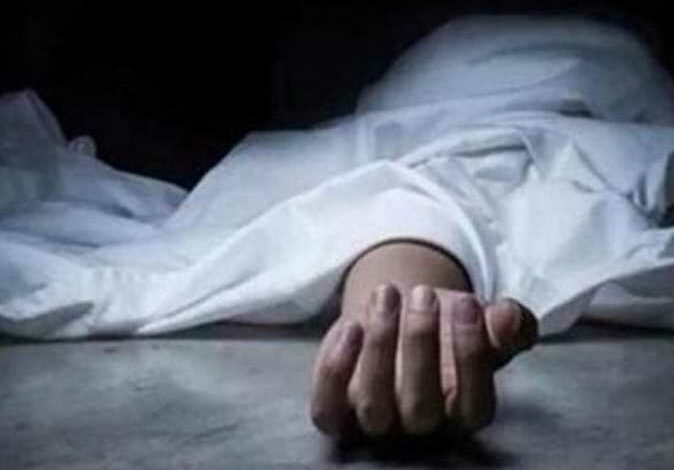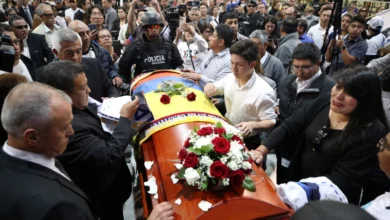
On Wednesday, the Egyptian Public Prosecutor ordered the referral of the accused Mohamed Adel to the Criminal Court over premeditated murder of the victim, Naira Ashraf, known in the media as the incident of the Mansoura University girl.
In its statement, the prosecution stated that the accused had the intention to kill the victim as he followed her until he got her in front of Mansoura University, and attacked her surprisingly with a knife: stabbed her several times, and slaughtered her with the intent of murder.
The first court session was set for Sunday, June 26.
The Public Prosecution had established evidence against the accused from the testimony of twenty-five witnesses, including students, university security personnel, and shop workers in the vicinity of the incident, as well as the family of the victim and her friends who confirmed the habitual exposure of the accused to threats from the defendant due to her refusal to him after he proposed to her.
The victim had also filed several claims against him with the police.
A few days before the incident, the defendant sought to communicate with the victim after he found out the timing of the bus she used to ride to the university. She refused to engage with him.
An official from the bus company confirmed that his employees reported to him that the accused tracked the victim on the bus to the university.
He chose the timing of the end-of-year exams to commit the crime because he was sure that she would be present at that time at the university.
So on the day of the incident, he tracked the victim boarding the bus she and killed her in a vicious attack upon her arrival at the university.
The Public Prosecution also established evidence against the accused, which was proven by examining her mobile phone.
Her phone contained several messages she received from the accused that included threats to kill her by beheading.
Recordings on surveillance cameras seized by the Public Prosecution at the crime scene extending from the place where the victim took the bus to the university showed he followed her until the crime was committed.
In its evidence the Public Prosecution also relied on the perpetrators detailed confession of committing the crime during his interrogation, and the visual recountings he recalled of the crime scene.




